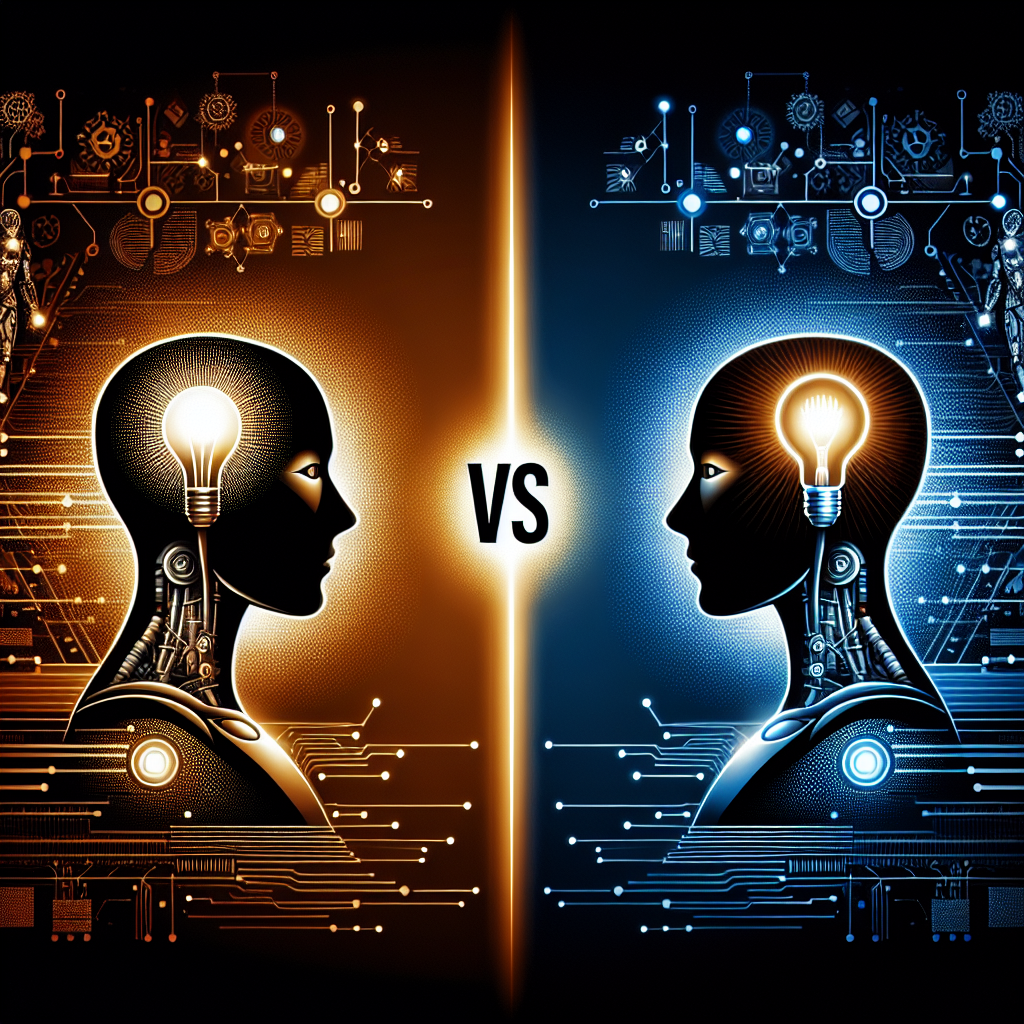Introduction
Artificial Intelligence (AI) and Artificial General Intelligence (AGI) are two terms that are often used interchangeably, but they represent different levels of intelligence in machines. Understanding the difference between these two concepts is crucial in order to grasp the potential impact they have on society and the future of technology. In this article, we will explore the distinctions between AGI and AI, and delve into the implications of each in the realm of intelligent systems.
What is Artificial Intelligence (AI)?
Artificial Intelligence (AI) refers to the simulation of human intelligence in machines that are programmed to think and act like humans. AI systems are designed to perform specific tasks, such as speech recognition, image recognition, and problem-solving. These systems rely on algorithms and data to make decisions and carry out actions, without the need for human intervention.
AI can be further categorized into two types: narrow AI and general AI. Narrow AI, also known as weak AI, is designed to perform a specific task or set of tasks, such as playing chess or driving a car. General AI, on the other hand, is a hypothetical form of AI that possesses human-like intelligence and the ability to understand and learn any intellectual task that a human can.
What is Artificial General Intelligence (AGI)?
Artificial General Intelligence (AGI) is the next level of AI, which aims to create machines that can perform any intellectual task that a human can. AGI systems are designed to exhibit human-like intelligence, reasoning, and problem-solving abilities across a wide range of tasks and domains. Unlike narrow AI, AGI is not limited to a specific task or domain, but rather has the ability to learn and adapt to new situations and challenges.
AGI is often referred to as strong AI, as it represents the ultimate goal of artificial intelligence research – to create machines that are as intelligent as humans. While AGI remains a theoretical concept at this point, researchers and developers are actively working towards achieving this level of intelligence in machines.
Differences Between AGI and AI
The key difference between AGI and AI lies in their level of intelligence and capabilities. AI systems are designed to perform specific tasks or functions, while AGI systems are intended to exhibit human-like intelligence and reasoning across a wide range of tasks. AGI is more flexible, adaptable, and autonomous compared to AI, as it can learn and apply knowledge in new and unfamiliar situations.
Another difference between AGI and AI is their potential impact on society and the future of technology. AI systems are already being used in various industries, such as healthcare, finance, and transportation, to automate tasks and improve efficiency. AGI, on the other hand, has the potential to revolutionize the way we live and work, as it could perform a wide range of tasks that currently require human intelligence.
Implications of AGI and AI
The development of AGI and AI has far-reaching implications for society, the economy, and the future of technology. AGI has the potential to revolutionize industries such as healthcare, education, and entertainment, by automating tasks and processes that currently require human intelligence. AGI could also lead to the creation of new jobs and industries, as machines take on more complex and creative tasks.
AI, on the other hand, is already being used in various industries to improve efficiency and productivity. AI systems are being used to analyze large amounts of data, make predictions, and automate routine tasks. While AI has the potential to improve our lives in many ways, it also raises concerns about job displacement, privacy, and ethical issues.
FAQs
Q: What are some examples of AI applications in the real world?
A: Some examples of AI applications in the real world include virtual assistants like Siri and Alexa, self-driving cars, recommendation systems, and fraud detection algorithms.
Q: How close are we to achieving AGI?
A: While AGI remains a theoretical concept at this point, researchers and developers are actively working towards achieving this level of intelligence in machines. It is difficult to predict when we will achieve AGI, but advancements in AI research are bringing us closer to this goal.
Q: What are some ethical concerns associated with AGI and AI?
A: Some ethical concerns associated with AGI and AI include job displacement, privacy issues, bias in algorithms, and the potential for misuse of intelligent systems. It is important for developers and policymakers to address these concerns and ensure that AI and AGI are used responsibly.
Conclusion
In conclusion, AGI and AI represent different levels of intelligence in machines, with AGI aiming to create machines that possess human-like intelligence and reasoning abilities. While AI is already being used in various industries to automate tasks and improve efficiency, AGI could revolutionize the way we live and work, by performing a wide range of tasks that currently require human intelligence. The development of AGI and AI has far-reaching implications for society, the economy, and the future of technology, and it is important for researchers, developers, and policymakers to address ethical concerns and ensure that intelligent systems are used responsibly.

